Best Dhokla Recipe: Tips and Tricks for Soft and Spongy Dhokla
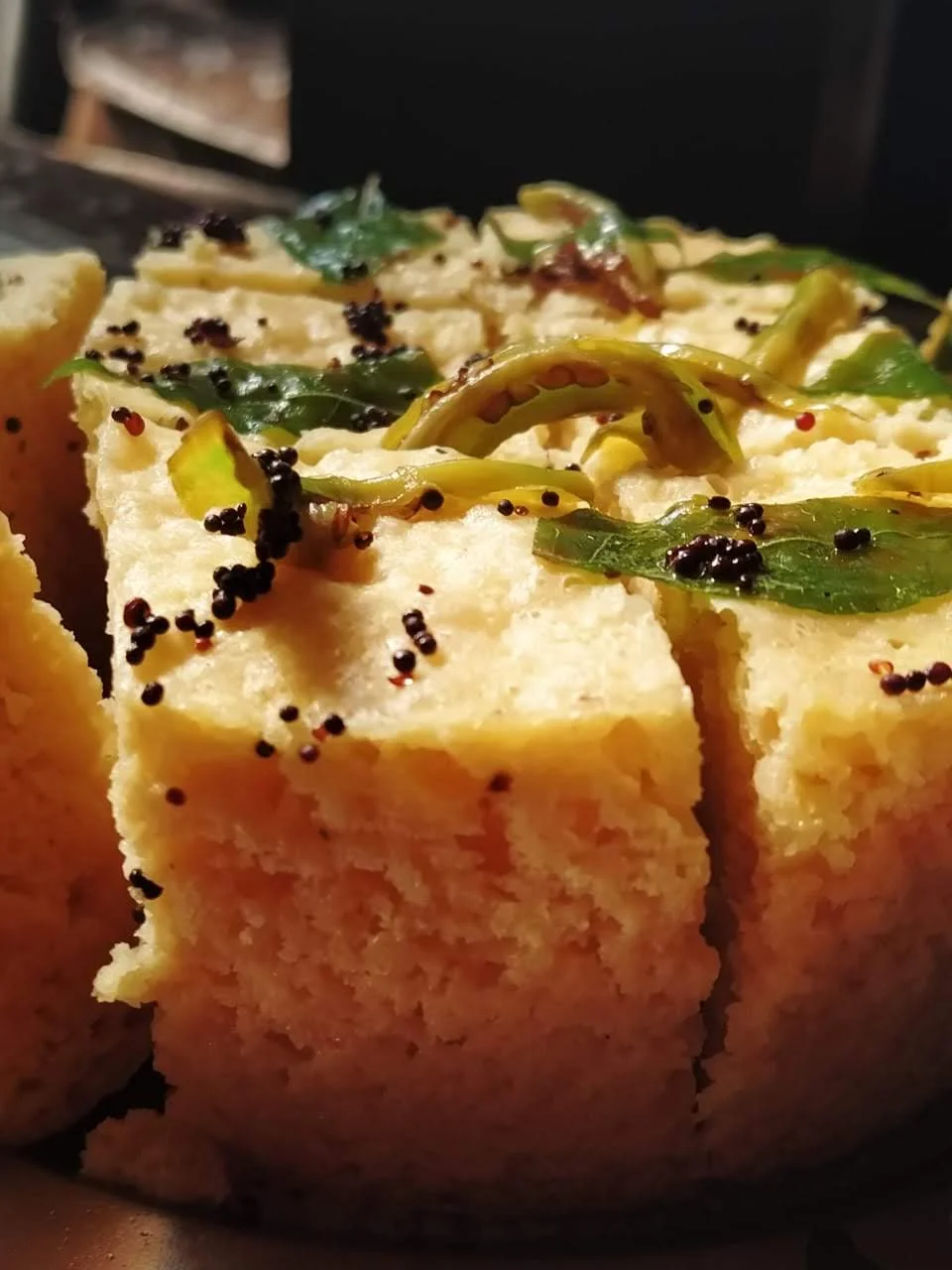
Dhokla is one of the most famous and typical Gujarati delicacies which can be relished as a snack. This is a steamed vegetarian cake with unique properties, as it is very light and, at the same time, has a satisfying, savory taste; the main ingredient is gram flour (besan), and some spices are used as well. Presently, it is among the favorite snacks across India and as well as among those who like to explore a different kind of cuisine because of its texture and its taste. Besides being relished as a breakfast item, Dhokla, incorporated in the Middle Eastern region as a snack or an appetizer, hits the right chords in terms of easy preparation and appetitive appeal.
The Origins of Dhokla
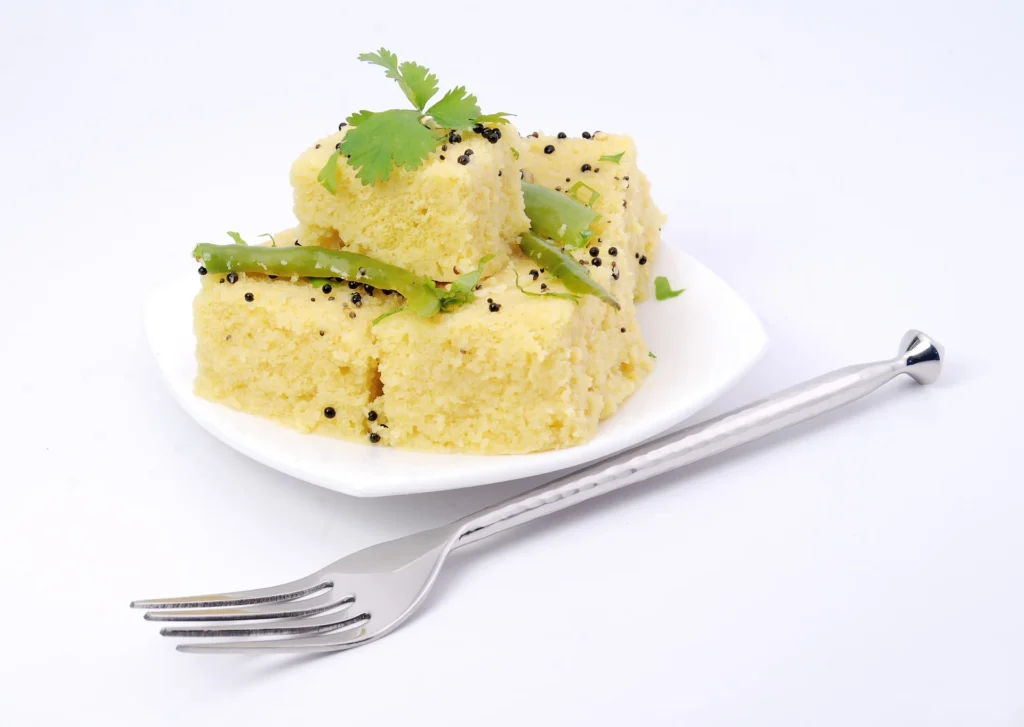
It is native to the western Indian state of Gujarat, where it is a festival delicacy or served in any marriage functions and other similar occasions. It has a characteristic feature that the dish can be hot or cold and is best eaten with a side dish of mint, coriander, or tamarind chutneys preferred by mishti. The crux of making the perfect Dhokla lies in the fermentation where the snack has a tangy feel and a spongy texture to itself differentiating it from other snacks.
Ingredients that Make Special
Dhokla is made using gram flour as the main ingredient, it is rich in protein and it has gluten-free properties which are natural food for all age groups. For the preparation of the batter, besan that is gram flour is added to yogurt and water and then made into a fine mix. To him, ingredients such as lemon juice, ginger-green chili paste, turmeric powder, and sugar are added for the flavors. To prepare this amazingly soft and spongy Dhokla, you will need Eno fruit salt which gives it the batter the leavening agent, or baking soda.
The Art of Steaming Dhokla
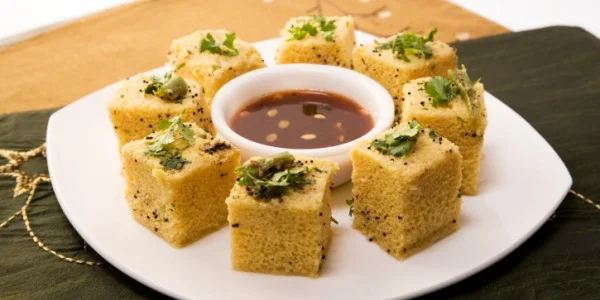
Steaming is the conventional mode of cooking used in the preparation of Dhokla where it and it is pointless to note that steaming is a precondition for its light, porous consistency. Once the batter is got ready, and the raising agent is added, it is placed into the greased steaming plate. The fruit batter is then steamed for about 15-20 minutes to set properly on these fruits or whatever is used as a base for these fruits. It comes out soft and it is a rich golden color with a moist cake base.
Tempering and Garnishing: The Final Touch
The tempering although used in most of the Indian snacks gives Dhokla an extra layer of flavor and aroma that can be easily distinguished. A common tempering for Dhokla is to chanter mustard seeds, asafoetida or hing, curry leaves, and green chili spluttered in hot oil. This tempering is poured over the steamed Dhokla and incorporates a spicy and aromatic flavor in the prepared dish. Finally, sprinkle freshly grated coconut on top and garnish the bland Dudhi Muth with finely chopped coriander leaves.
Why Dhokla is a Healthy Snack Choice
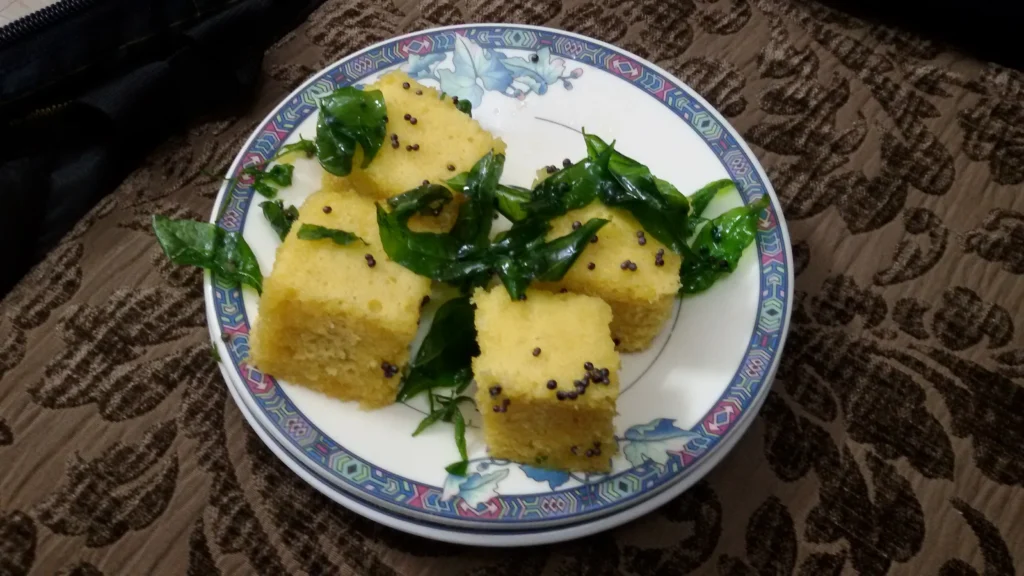
When it comes to taste, it is quite delicious, and most importantly, it is even healthy for consumption. Coming back to the topic gram flour is an excellent source of protein and fiber so helps to avoid digestion problems along with making you feel full for a longer time. The steaming process of preparing Dhokla is possibly most effective in preserving the majority of the nutrients resulting in lower calorie content of the snack as compared to other fried meals. Also, the topping of yogurt and lemon juice to the fruit salad will improve its nutritional value by increasing the level of probability and vitamin C, respectively.
Versatility and Variations
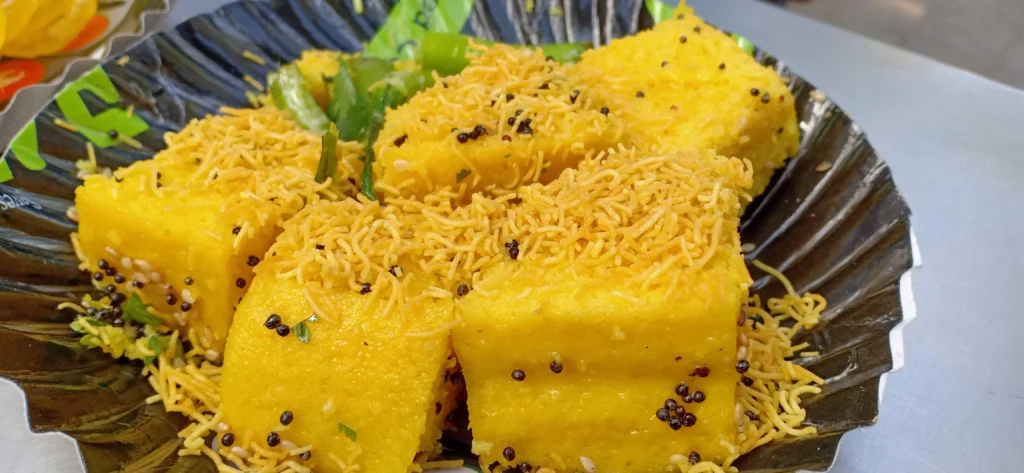
The traditional Dhokla is prepared using gram flour, but to try out certain variations, here are some options: Two such variations are Khaman and Dakor, while the former is softer, and slightly sweeter than the latter. There are other variations, one of which is Rava Dhokla using semolina and the other is Rice Dhokla made with rice and lentils. Given the above variations, it is clear that Dhokla had different flavors and they could be prepared to suit individual tastes and texture preferences.
Serving and Enjoying Dhokla
Dhokla is still hot when it is taken out from the fryer, and it needs to be garnished with a sweet tamarind chutney, and it is best served hot. It also can be eaten cold and remains good for consuming anytime throughout the day not only for breakfast but also in lunch boxes or picnics. This is because the dhokla has a delicate texture of being light and fluffy with a slight tangy and spicy taste that can be enjoyed by children and the elderly.
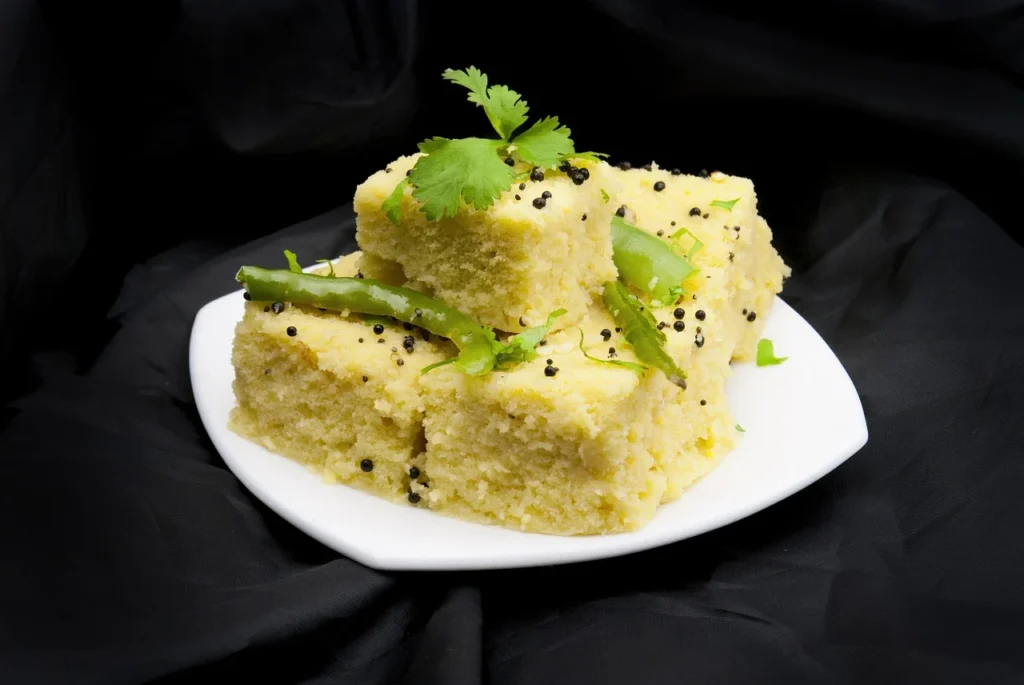
conclusion, one cannot limit the concept of Dhokla simply to that of a food delicacy, but it is also a symbol of the historical and cultural legacy of the Gujarat region. For its health-friendly, easy-to-cook, and yummy taste people looking for a glimpse of Indian recipes should try it. Therefore, using the below-highlighted ingredients, make yourself get a hold of this Dhokla recipe and make this delicious dish a specialty in your home.
Try More Recipe:- Authentic Samosa Recipe: How to Make Crispy Indian Samosas at Home
Dhokla is an Indian blanched dish, which is originally from Gujarati cuisine. Dosa is a clean, soft and savory, rice cake prepared from a fermented batter of gram flour also called besan, turmeric, and edible additives. Dhokla is made of Rice flour and Urad dal and is soft and spongy in texture with a slightly tangy taste makes for a delightful accompaniment to breakfast, a side dish, and can also be served with tea.
- 1 cup gram flour (besan)
- 1/2 cup yogurt
- 1/2 cup water
- 1 tablespoon lemon juice
- 1 teaspoon ginger-green chili paste
- 1 teaspoon Eno fruit salt (or baking soda)
- 1/2 teaspoon turmeric powder
- 1/2 teaspoon salt
- 1 teaspoon sugar
- 1 teaspoon mustard seeds (for tempering)
- 1 tablespoon oil (for tempering)
- 10 curry 10-12 leaves (for tempering)
- 2 green 2-3 chilies, slit (for tempering)
- Freshly grated coconut (for garnish)
- Chopped coriander leaves (for garnish)
- A pinch of asafoetida ,hing (for tempering)
- Sev or pomegranate seeds (for garnish)
- Prepare the Batter:
- In a mixing bowl, add 1 cup gram flour (besan), 1/2 cup yogurt, and 1/2 cup water. Mix well to form a smooth batter without lumps.
- Add 1 tablespoon lemon juice, 1 teaspoon ginger-green chili paste, 1/2 teaspoon turmeric powder, 1/2 teaspoon salt, and 1 teaspoon sugar.
- Mix thoroughly.
- Ferment the Batter:
- Let the batter rest for about 10-15 minutes. This allows the flavors to meld and the batter to slightly ferment.
- Prepare the Steamer:
- While the batter is resting, prepare your steamer. Add water to the steamer and bring it to a boil.
- Grease a steaming plate or a flat-bottomed dish with oil to prevent the Dhokla from sticking.
- Activate the Batter:
- Just before steaming, add 1 teaspoon of Eno fruit salt (or baking soda) to the batter.
- Stir gently but quickly in one direction to incorporate the Eno evenly.
- The batter will become frothy and light.
- Steam the Dhokla:
- Pour the batter into the greased steaming plate and spread it evenly.
- Place the plate in the steamer, cover with a lid, and steam for 15-20 minutes on medium heat.
- To check if the Dhokla is done, insert a toothpick or knife in the center. If it comes out clean, the Dhokla is ready.
- Remove the plate from the steamer and let it cool slightly.
- Prepare the Tempering:
- In a small pan, heat 1 tablespoon oil. Add 1 teaspoon mustard seeds and let them crackle.
- Add a pinch of asafoetida (hing), 10-12 curry leaves, and 2-3 slit green chilies. Sauté for a few seconds until aromatic.
- Pour this tempering over the steamed Dhokla.
- Garnish and Serve:
- Cut the Dhokla into squares or diamonds.
- Garnish with freshly grated coconut and chopped coriander leaves.
- Optionally, sprinkle sev or pomegranate seeds on top for an added crunch and flavor.
- Enjoy:
- Serve the Dhokla warm with green chutney or tamarind chutney.
Servings 4
- Amount Per Serving
- Calories 150kcal
- % Daily Value *
- Total Fat 4g7%
- Sodium 300mg13%
- Total Carbohydrate 24g8%
- Dietary Fiber 3g12%
- Protein 6g12%
- Calcium 120 mg
- Iron 1 mg
* Percent Daily Values are based on a 2,000 calorie diet. Your daily value may be higher or lower depending on your calorie needs.
- Fermentation: Allowing the batter to rest helps develop a slight tanginess and better texture.
- Eno Fruit Salt: This is essential for making the Dhokla fluffy. If using baking soda, make sure to add a little citric acid to help with the rising.
- Steaming: Make sure the steamer is preheated and the water is boiling before placing the Dhokla inside.
- Serving: Dhokla tastes best when fresh but can be stored in the refrigerator for up to two days. Reheat in a steamer before serving.